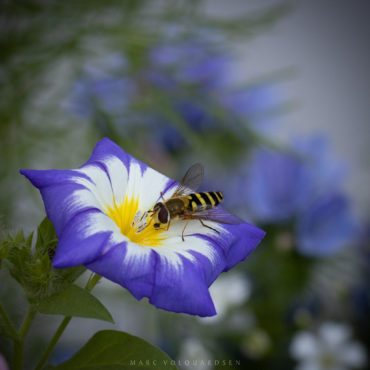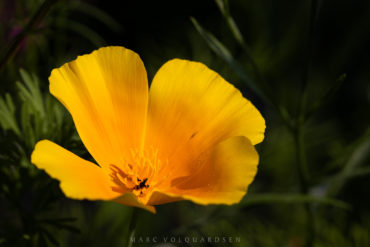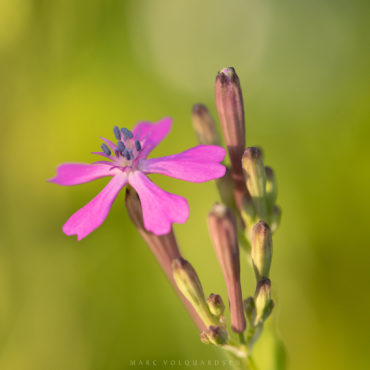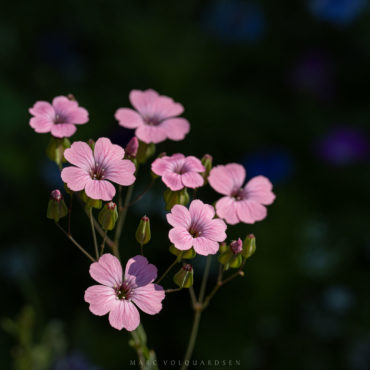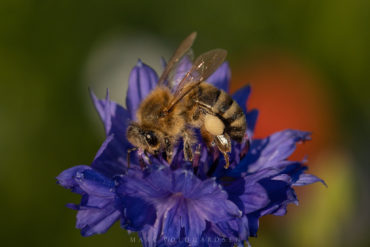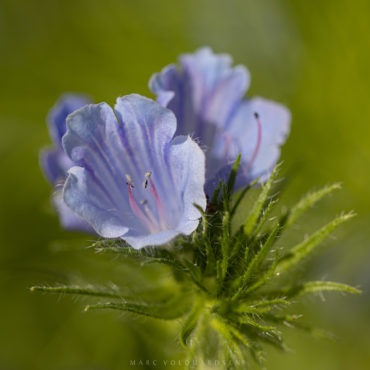Convolvulus tricolor
The Convolvulus tricolor is actually a plant species that originates from the Mediterranean region. Maybe that’s why I couldn’t find any bees in these flowers, as with the Californian gold poppy. In France, the Convolvulus tricolor is called »Belle-de-jour« — … read more or write a comment …
